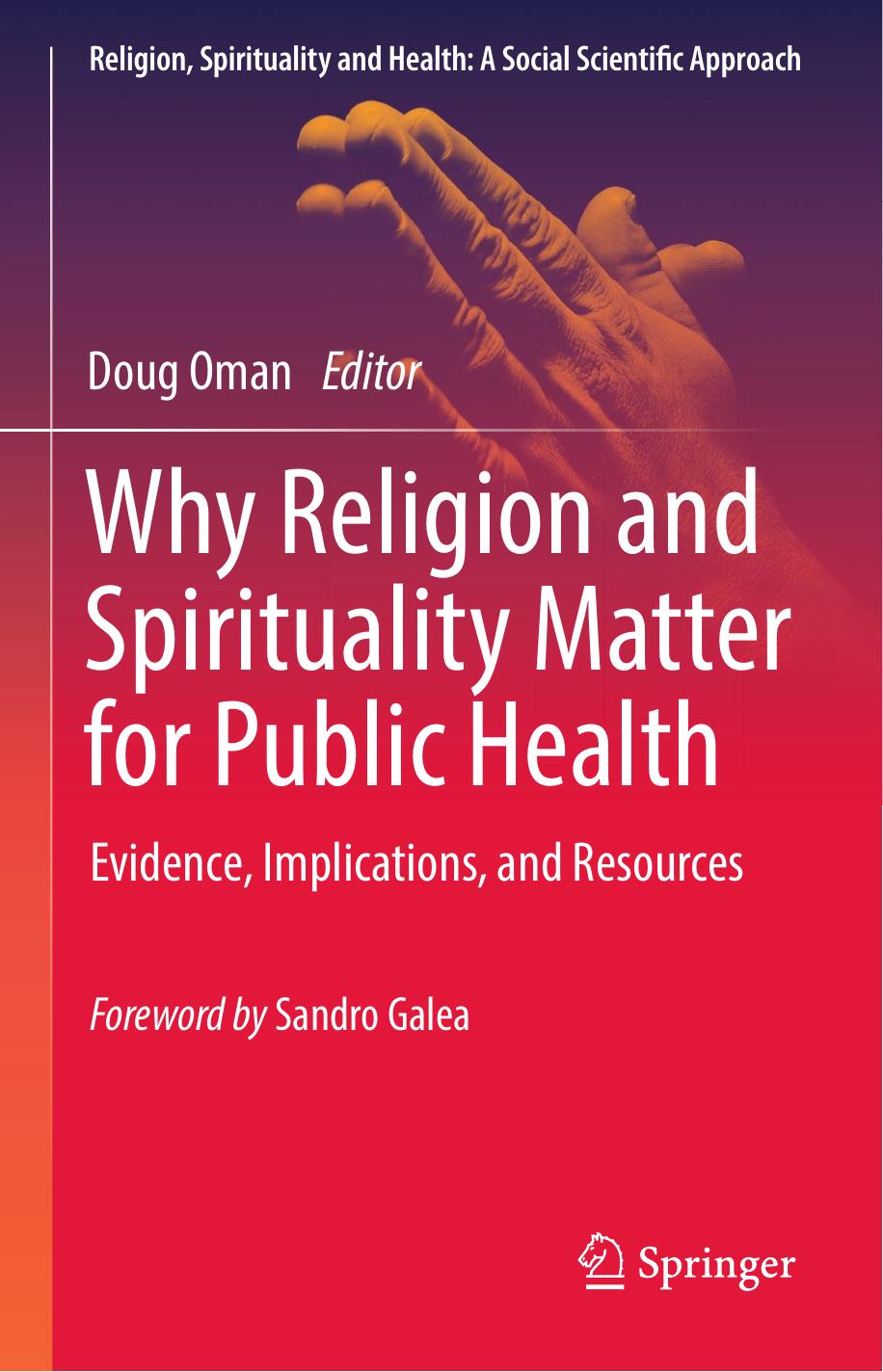Why Religion and Spirituality Matter for Public Health by Doug Oman

Author:Doug Oman
Language: eng
Format: epub, pdf
Publisher: Springer International Publishing, Cham
Importantly, evidence from both national surveys and within-subjects comparison designs suggests that only a minority of people may prefer mindfulness meditation, and adequate R/S tailoring should take better account of these differences (Burke 2012; Burke et al. 2017; Oman 2014, 2015). Each month, an estimated 7.0 million US adults engage in some form of “spiritual meditation,” nearly twice the number estimated to engage each month in mindfulness meditation (3.6 million, Burke et al. 2017, p. 1). Lack of adequate R/S tailoring has sometimes provoked criticism (Oman 2014; Purser and Milillo 2015). Strategies for the cultural and spiritual tailoring of meditation programs and interventions have to date received at most sporadic attention, although various alternative models are available (e.g., Oman et al. 2008; Sarath 2003). Some have suggested that effective strategies for respecting diversity can only be enacted at the level of an organization, rather than at the level of individual interventions or classes (Oman 2016; see also chapter on “Social and Community-Level Factors in Health Effects from Religion/Spirituality”, this volume, section on “Multilevel Spiritual Interventions”).
These tailoring challenges notwithstanding, meditative and mindfulness practices are drawing increasing interest as health-promotional, stress management, or even educational activities that can be integrated into sectors of modern life that include healthcare workplaces as well as educational settings and other types of workplaces. Empirical evidence to date is most substantial in supporting benefits of meditation for healthcare workers, and is more preliminary, and sometimes mixed, for other types of workplaces (van Berkel et al. 2014) and for educational settings (Shapiro et al. 2011). When implemented in a spiritually and culturally sensitive manner, integrating meditative/mindfulness practices into educational institutions and workplaces would seem to merit increased public health attention, being highly consistent with the “upstream ” and preventive approaches that are most characteristic of public health.
Religious Leaders : Other Roles
Religious leaders may function as partners or leaders for health in several additional ways. On the local level, there may be benefits to organizing “professional associations” of congregational leaders that cut across denominational and theological divisions to include all clergy in a region. The first US-based association of this kind was the Peninsula Clergy Network (PCN) , uniting the 440 clergy and 310 congregations in San Mateo and northern Santa Clara Counties, California (Chaffee 2012, February 1). Formed in 2002, the PCN’s activities include consultation and technical training for religious organizations and civic agencies, as well as specific projects for disaster preparedness and health education. Organizers argue that fully inclusive associations such as the PCN enable substantially greater effectiveness in a variety of civic and health-related activities (e.g., Maher 2010). On a national level, no similar efforts are underway, but Levin (2013) has advocated for more active engagement of the faith community in health efforts, arguing for a new faith-based agenda that “could more effectively advocate for core features of the traditional public health ethic , including primary prevention, the multiple determinants of population health, communitarianism and social justice , and a global perspective, supported by the historic prophetic role of the faith traditions” (p.
Download
Why Religion and Spirituality Matter for Public Health by Doug Oman.pdf
This site does not store any files on its server. We only index and link to content provided by other sites. Please contact the content providers to delete copyright contents if any and email us, we'll remove relevant links or contents immediately.
Good by S. Walden(3486)
The Social Psychology of Inequality by Unknown(2938)
0041152001443424520 .pdf by Unknown(2784)
The Checklist Manifesto by Atul Gawande(2779)
The Meaning of the Library by unknow(2505)
Guns, Germs and Steel by Diamond Jared(2303)
Borders by unknow(2227)
23:27 by H. L. Roberts(2195)
And the Band Played On by Randy Shilts(2129)
Get What's Yours for Medicare: Maximize Your Coverage, Minimize Your Costs by Philip Moeller(2092)
Being Mortal: Medicine and What Matters in the End by Atul Gawande(2083)
A Leg to Stand On by Oliver Sacks(2005)
The Hot Zone by Richard Preston(1983)
The Valachi Papers by Peter Maas(1810)
The Laws of Medicine by Siddhartha Mukherjee(1755)
The Andromeda Strain by Michael Crichton(1696)
The Obesity Epidemic by Robyn Toomath(1646)
Pharmacy Practice and The Law by Richard Abood(1541)
Autism's False Prophets by Paul A. Offit(1495)
